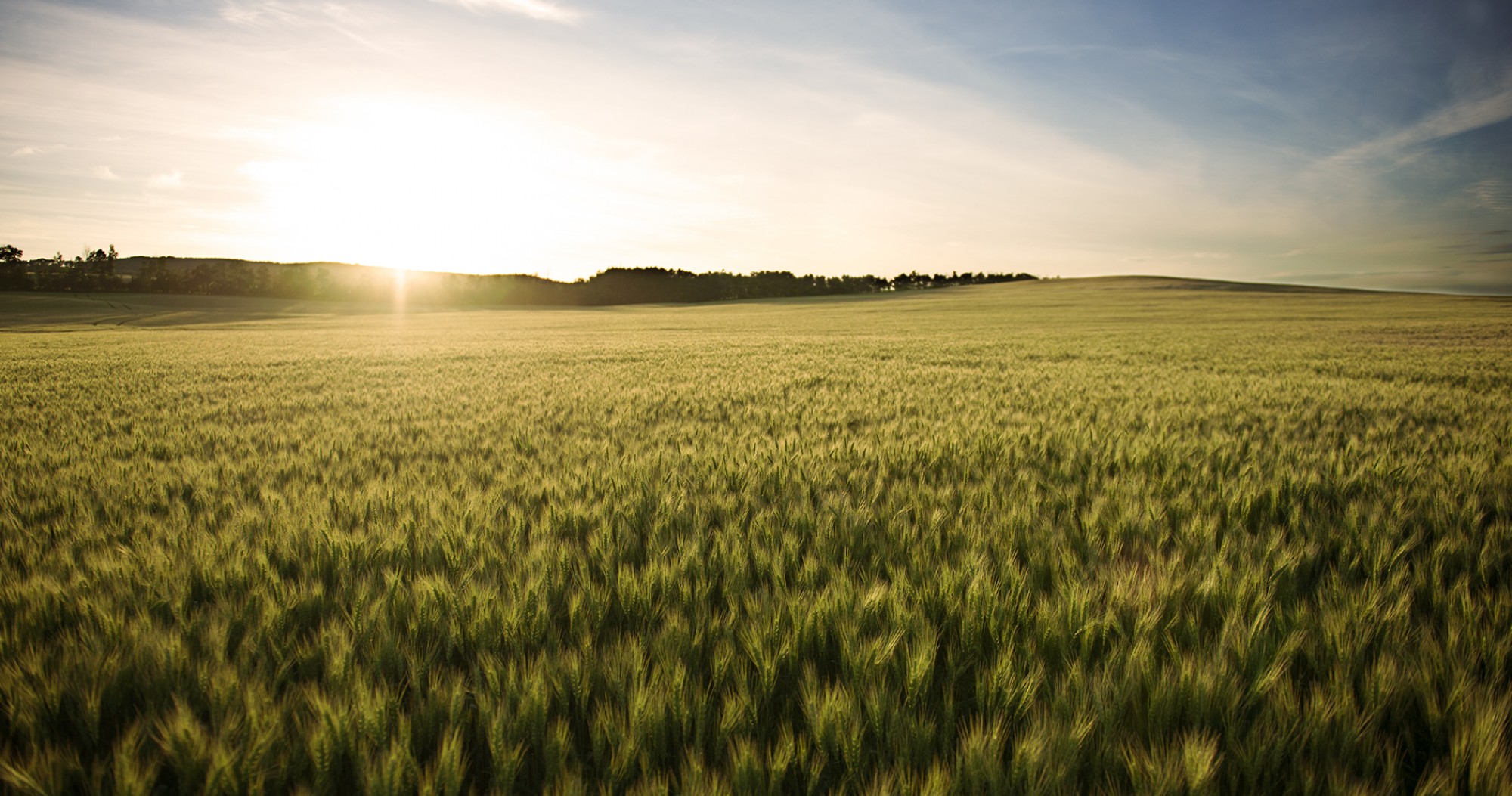Agronomy Update exceeds turnout goals, educates farmers on myriad of topics
Alberta’s four main crop commissions enjoyed never-before-seen success as they hosted more than 600 attendees during the 2021 provincial Agronomy Update, January 19-20. All presentations provided great value to farmers in attendance. Alberta Wheat and Barley Commissions’ in-house agronomist Jeremy Boychyn helped co-host the event and came away with a Top 5 Takeaways list for those not able to attend.
Crop rotation
This is not a new concept, but it is a critical one nonetheless. To increase diversity, the simplest, most effective way is crop rotation. Whether a farmer is trying to combat fusarium, clubroot, blackleg or weed resistance, crop rotation is a key piece of this action. Rotation also increases diversity within the soil microbiome.
At times there are market-driven decisions which result in a short crop rotation, but that may come with other issues. Shorter rotations may result in greater resistance and disease pressures, and with limited modes of action for specific issues, farmers need to be aware of the choice they make over a three to five-year rotation may impact their farm long-term.
When looking at a crop rotation to combat weed resistance, there is value to think outside the box. Farmers may consider pulses or winter-seeded crops or investigate land swaps. One season, you could swap land with a farmer hoping to rotate their swath-grazing land. It is an option not available to all, but if it’s there, it may be a very good way to treat your soil right.
Marginal lands
Most if not all farms, have some amount of marginal land not in production, including old growth trees, headlands, waterways and more. Farmers often think about “cleaning up” these dirty areas and ready them for additional crop production. New research to understand the ecosystem in these lands demonstrate how they often teem with beneficial insects. These insects represent a free ecosystem service where beetles, parasitic wasps and other predators naturally fight virulent pests in your crops.
Boychyn says work is underway to understand and calculate these insects’ true benefit in a dollar amount. “We haven’t put a value on it,” he says. “We have value for a per acre crop and a farmer can put that on paper, but currently not on a low-lying wet area.”
In doing so, there is hope that the positive spillover effect from maintaining or, at the very least, leaving these areas be, will continue to bring positive results to the farm.
Yield gaps
Conscious efforts are being made to help farmers reduce the yield gap, achieving greater financial sustainability on-farm. Led by Brian Beres at the Lethbridge Research and Development Centre, his work is currently focused on determining what he calls: G by E by M, or genetics by environment by management systems.
By understanding management challenges in the Prairies and how they relate to genetics and environment, researchers can identify where greatest yield gaps are, based on the yield potential genetics have in a given environment. From there, we can get an idea of where management adjustments can begin to close them.
The key takeaway is to eliminate siloed thinking, especially when we talk about genetics and management. Ultimately, it is hoped to bring greater profitability to the farm gate.
“It’s the alignment and bringing together both agronomics and genetics within given environments that allow us to get to higher yields levels and close those gaps even further,” says Boychyn.
Mental health
It’s an area that was long-considered taboo but the times have changed, and for the better. Hosted by Saskatchewan farmer and Do More Ag founder Lesley Kelly, she said a farmer’s mental health is akin to their slip tank. Just like how it’s important to keep your real slip tank full, it is likewise beneficial to have your emotional slip tank full, as well.
Whether it’s physical exercise, finding time to laugh, embracing a side hobby or even having a professional therapist or trusted confidant to open up to about the rigours of daily farm life, a positive, regular outlet for what is going on inside your head is critical.
“There’s a toughness in ag that if you aren’t working 24/7 as hard as you can, what are you doing?” says Boychyn. “The ag industry can be very stressful. There’s value in taking breaks and taking time for yourself.”
Fusarium tests
It’s here. And it’s spreading. What was once a region-specific disease to southern Alberta, Fusarium graminearum (Fg) has now moved into central and northern Alberta. Causing fusarium head blight (FHB), it will destroy a cereal crop’s financial potential if unchecked.
One new routine farmers in these areas, and beyond, will want to get accustomed with is seed testing. It doesn’t matter if the seed is coming from on or off your farm, getting it tested for Fg will be essential to mitigate FHB impacts.
While the infection rate is low in certain areas, occurrences continue to increase. Farmers should also consider a seed treatment with fusarium species on the label as another pre-emptive step. Rates for seed treatments will vary, but a floor price of at least $6 per acre on wheat is normal.
Beyond that, foliar fungicide application remains critical when FHB risk is high. Farmers should utilize the Alberta Fusarium Risk Map when the crop reaches flag leaf stage leading up to head timing fungicide application. This helps determine potential risk of infection and whether farmers should reduce infection risk via a fungicide at anthesis. Weather monitoring is critical as fusarium species thrives after a rain event and does well in humid conditions.

